“Why don’t most people prepare for earthquakes, tsunamis, hurricanes, fires, pandemics and other natural disasters? What does neuroscience research suggest about our brains and anxiety, and decision making around high stakes, low frequency traumatic events? And why is preparedness – taking accessible, genuinely effective steps to get ready, both individually and collectively, so beneficial for our survival and mental health?”
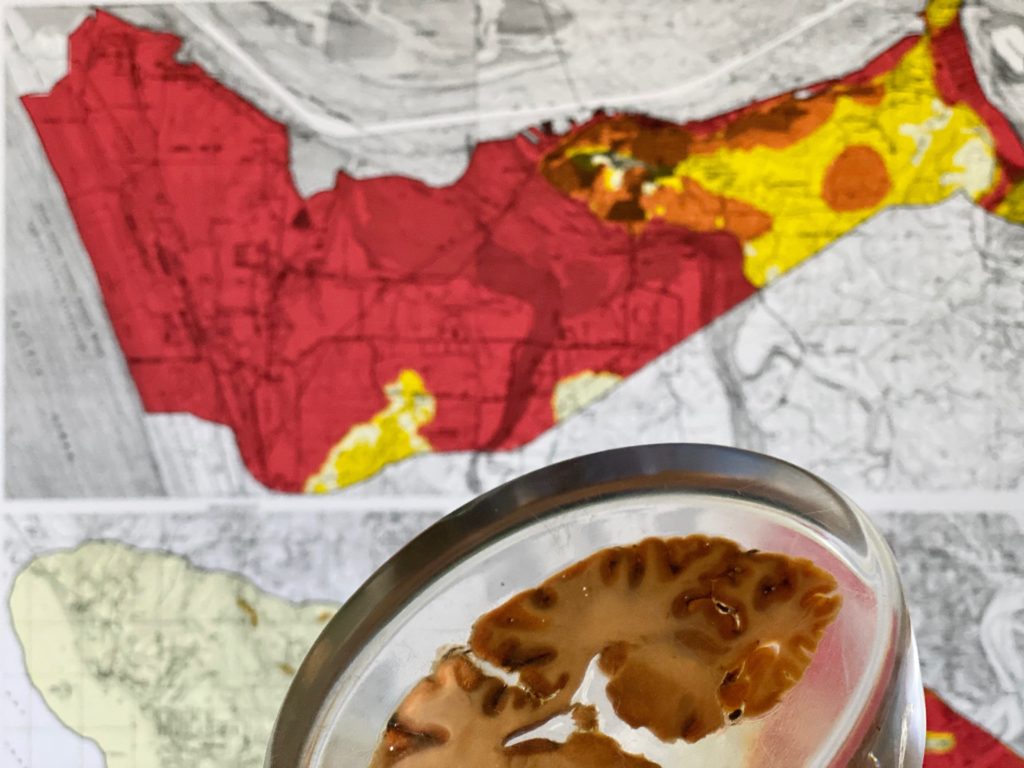
NW Noggin is honored to be asked how neuroscience might offer insight into disaster preparation by Balance Media, which is filming a ten part documentary series for PBS!
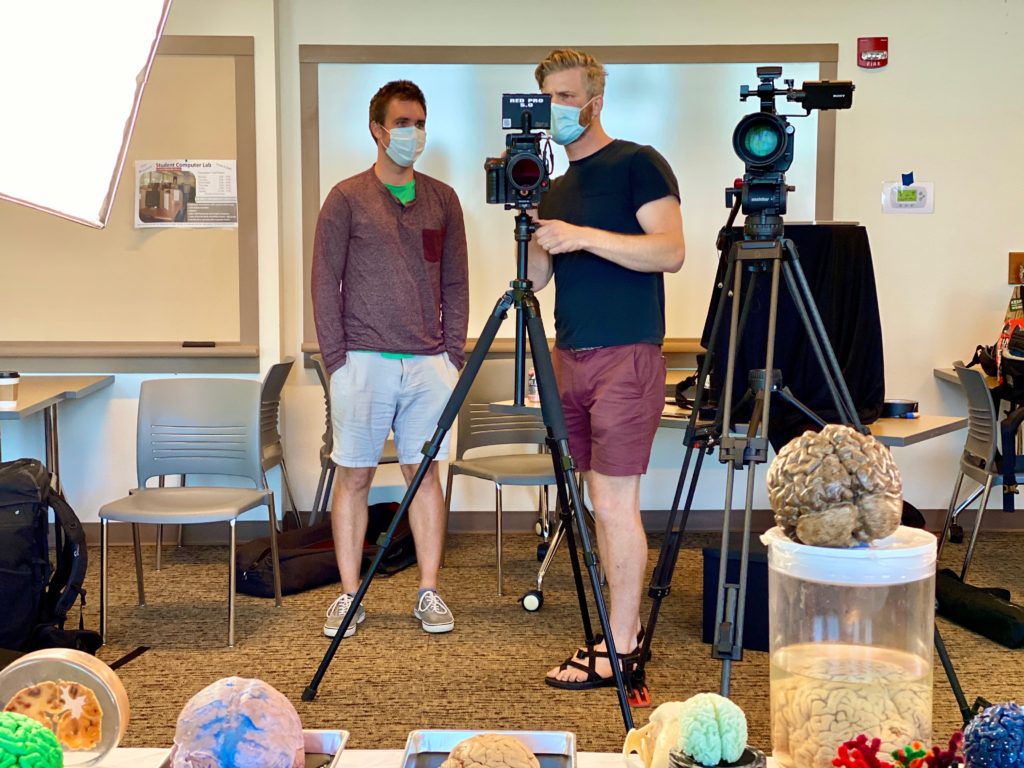
Hugely enjoyed the opportunity to discuss and examine brains again! Tremendous thanks to Chris Breitmeyer, President of Clatsop Community College, for providing a gorgeous, well-ventilated classroom in Astoria, Oregon!
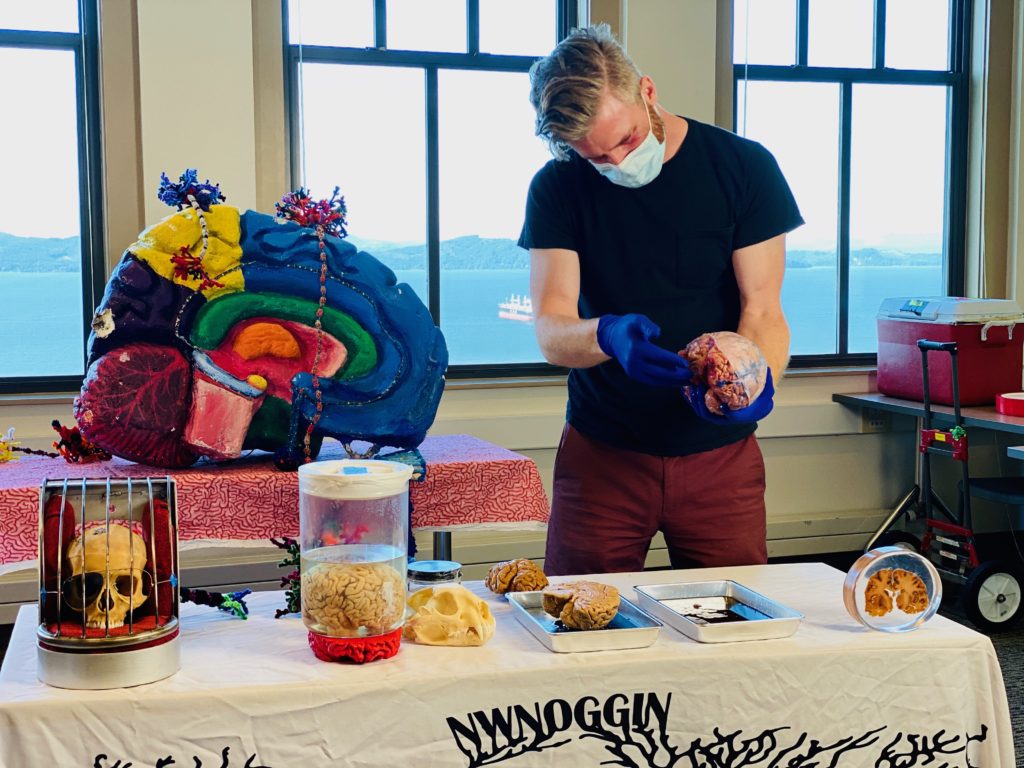
We are indebted to Neha Shastry of CNN, who conducted the interview, and the extraordinary organizational and logistic skills of Trip Jennings and former Portland State University student and Noggin volunteer Ryan Walsh, whose knowledge of neuroanatomy and research helped guide the experience.
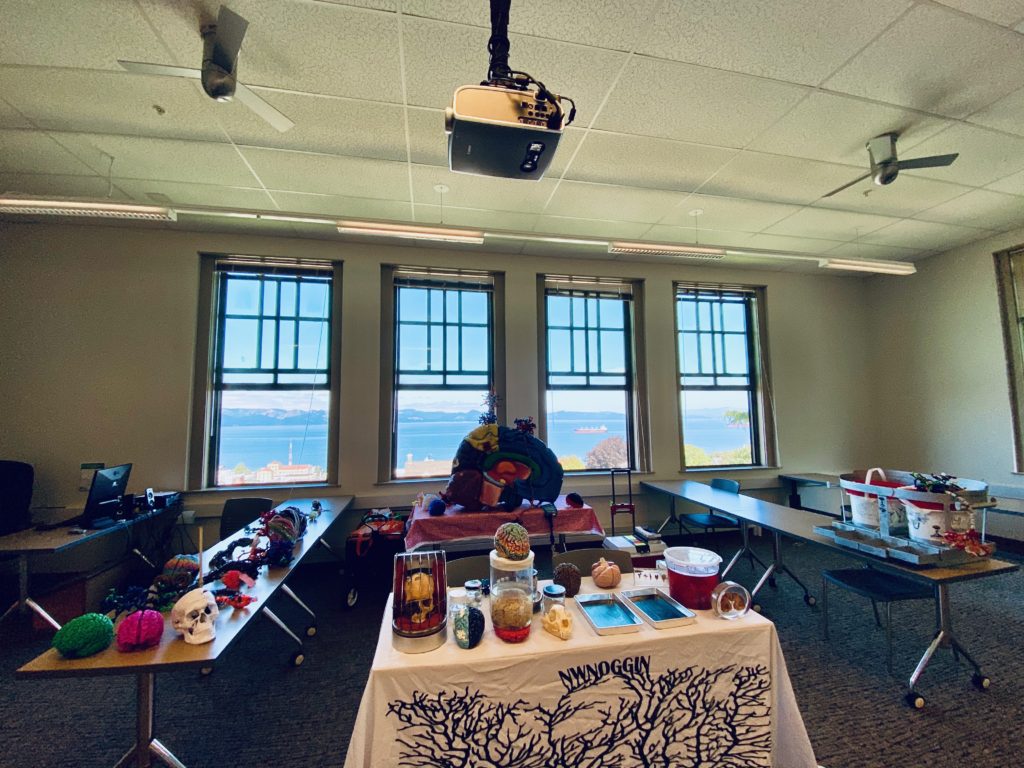
LEARN MORE: Music @ Velo: Mouse syllables and guitar!
In it together
BOTH individual and collective action are needed to effectively plan and prepare for inevitable natural disasters, including earthquakes, tsunamis, hurricanes, tornados, fires, pandemics and floods. Roads, bridges, ports, hospitals, building codes, healthcare systems and emergency management at the community level are beyond the reach of any one person, but together we can effectively organize and get ready.
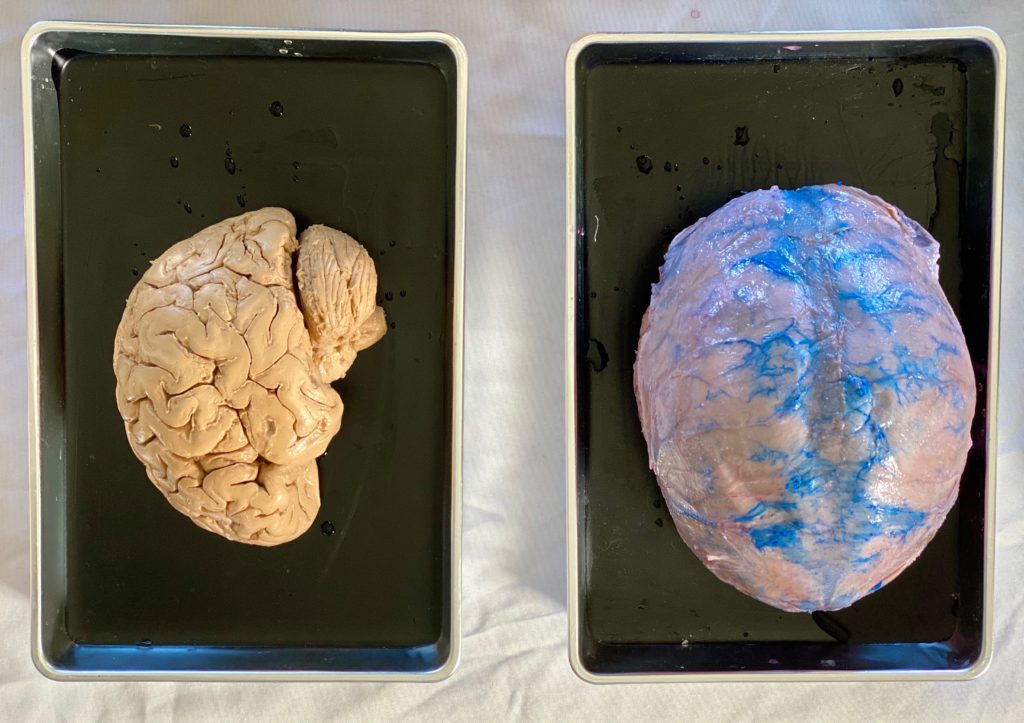
LEARN MORE: Disaster Information Management System (NIH)
LEARN MORE: Prepared for what? Addressing the disaster readiness gap beyond preparedness for survival
LEARN MORE: Natural Disaster Mitigation and Relief
LEARN MORE: Disaster Preparedness & Response
LEARN MORE: Disaster Preparedness Tips
But not every individual or community has the agency or resources available to prepare, which limits their options.
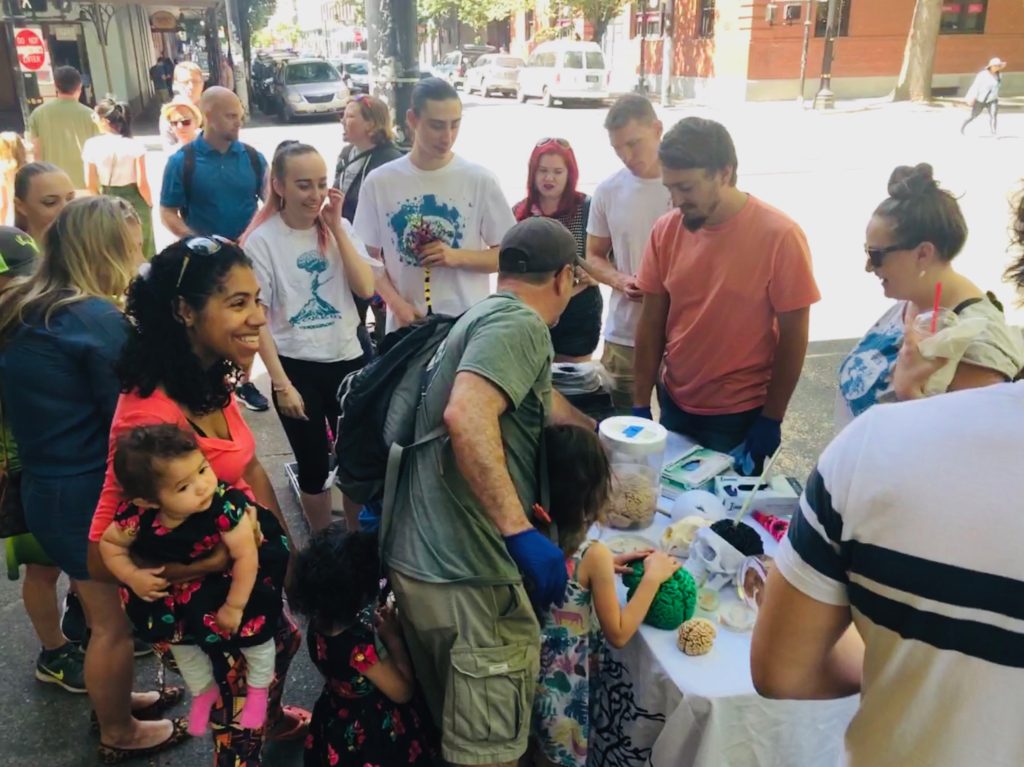
LEARN MORE: Determinants of household-and community-based disaster preparedness
LEARN MORE: Understanding Community Resilience in the Context of National Health Security: A Literature Review
LEARN MORE: Multiple emergencies pose great test of the global humanitarian system
LEARN MORE: Developing community resilience as a foundation for effective disaster recovery
Many people work multiple jobs to make ends meet, or have lost jobs and have limited sources of income. Many lack access to food, medical care and/or safe, secure housing. Centuries of structural racism against BIPOC (Black, Indigenous, people of color) Americans deprives many of essential wealth, access, political participation, fair treatment and even lives. The United States has notably unequal income distribution.
LEARN MORE: Health, Housing, And The Hierarchy Of Need
LEARN MORE: A Guide to Statistics on Historical Trends in Income Inequality
LEARN MORE: The 20 Richest People in America 2020
LEARN MORE: Wealth concentration returning to ‘levels last seen during the Roaring Twenties,’ according to new research
LEARN MORE: World’s witnessing a new Gilded Age as billionaires’ wealth swells to $6tn
LEARN MORE: U.S. billionaires paid a lower tax rate than the working class last year (2018)
LEARN MORE: Uprooting Institutionalized Racism as Public Health Practice
LEARN MORE: Structural racism, economic opportunity and racial health disparities: Evidence from U.S. counties
LEARN MORE: Reducing Racial Inequities in Health: Using What We Already Know to Take Action
LEARN MORE: Police Brutality and Black Health: Setting the Agenda for Public Health Scholars
LEARN MORE: Effects of Racial Prejudice on the Health of Communities: A Multilevel Survival Analysis
LEARN MORE: America’s Enduring Caste System
LEARN MORE: Inequality in nature and society
And in order to take effective action, it’s essential to have accurate, actionable sources of evidence-based information.
LEARN MORE: The Effectiveness of Disaster Risk Communication: A Systematic Review of Intervention Studies
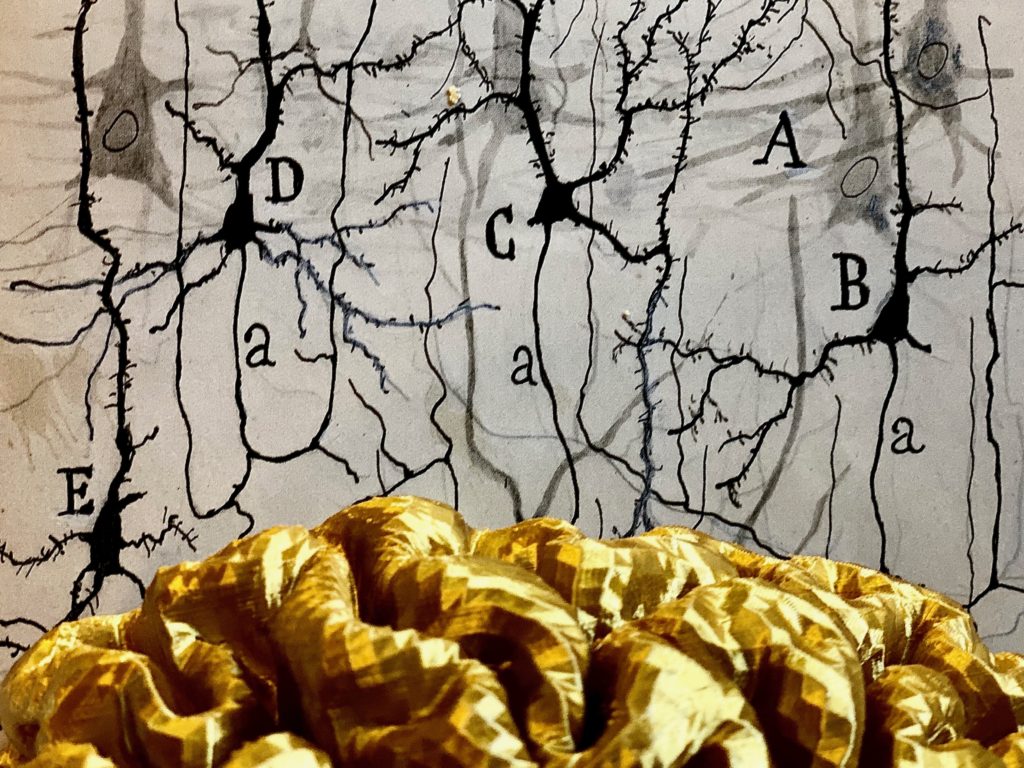
Roadblocks
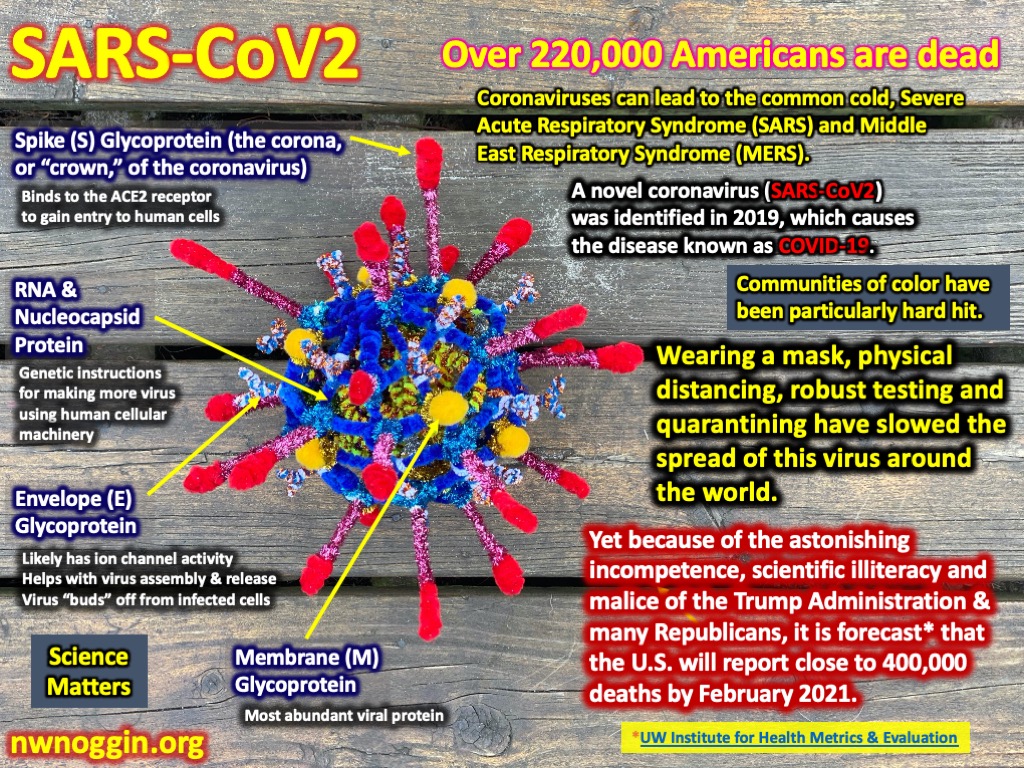
One significant concern is the current White House administration and their Republican allies in Congress, who actively undermine public support for science and scientific research, drain federal agencies of relevant resources and expertise, demonize and suppress participation and inclusion of BIPOC communities, deliberately provoke confusion (“fake news”), and encourage a deadly and dangerous disregard for useful, actionable evidence (see COVID-19 pandemic).
LEARN MORE: Science Matters
LEARN MORE: Destroying trust in the media, science, and government has left America vulnerable to disaster
LEARN MORE: Science ranks grow thin in Trump administration
LEARN MORE: Science Under Attack: How Trump is sidelining researchers and their work
LEARN MORE: Less than you think: Prevalence and predictors of fake news dissemination on Facebook
LEARN MORE: Sexism, racism, and nationalism: Factors associated with the 2016 U.S. presidential election results?
LEARN MORE: The Effects of Perceived Discrimination on Immigrant and Refugee Physical and Mental Health
LEARN MORE: Under Political Pressure, NIH Blacklists Wuhan Virology Lab
LEARN MORE: An Oral History of Trump’s Bigotry
LEARN MORE: Republicans plan to spend at least $20 million to combat voting rights lawsuits in 2020
LEARN MORE: How the Pandemic Defeated America
So what should we do to prepare?
Taking informed, constructive steps, both individually and collectively, will make us safer – but what are those steps?

LEARN MORE: Disaster preparedness tips from Coast Community Radio
LEARN MORE: Preparedness Tools for Oregonians
The role of anxiety
The scope and scale of these challenges can easily cause debilitating anxiety, and then little gets done.
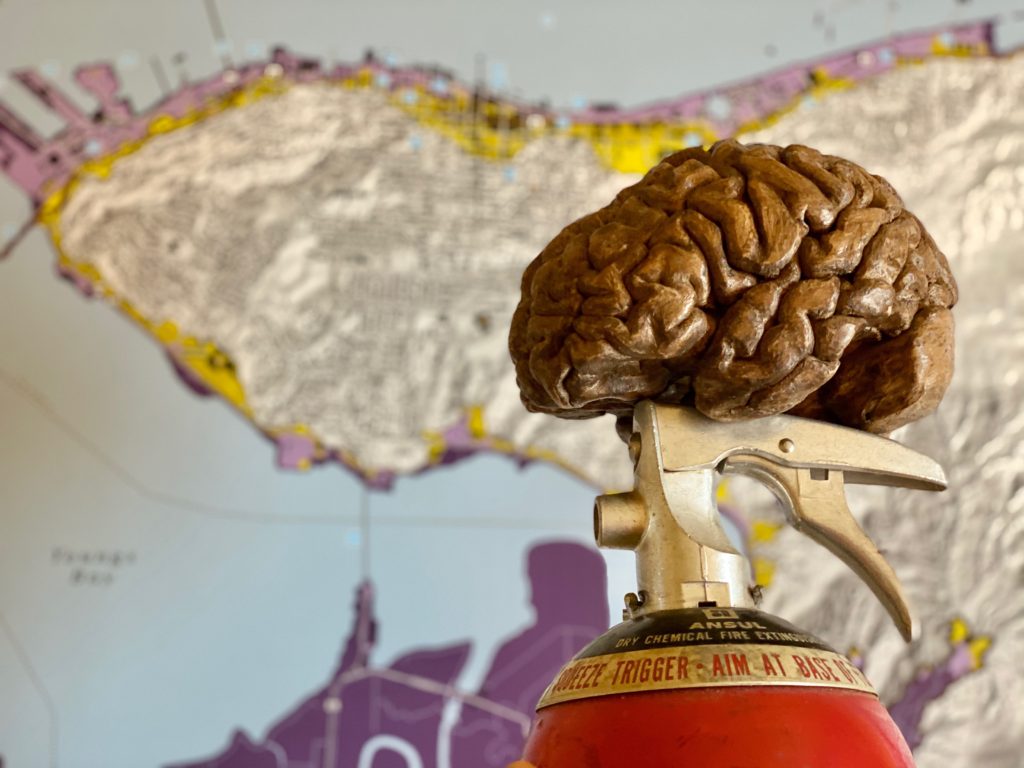
LEARN MORE: Psychological preparedness for natural hazards– improving disaster preparedness policy and practice
LEARN MORE: Disaster and its impact on mental health: A narrative review
LEARN MORE: Enhancing Disaster Resilience by Reducing Stress-Associated Health Impacts
LEARN MORE: Psychology of a Crisis
Anxiety is not fear.

If a cougar leaps at you, that’s fear. But if you’re walking your dogs on Pipeline Road here in Astoria, Oregon and you see a posted sign warning about recent cougar sightings, you’ll probably start thinking about cougars.
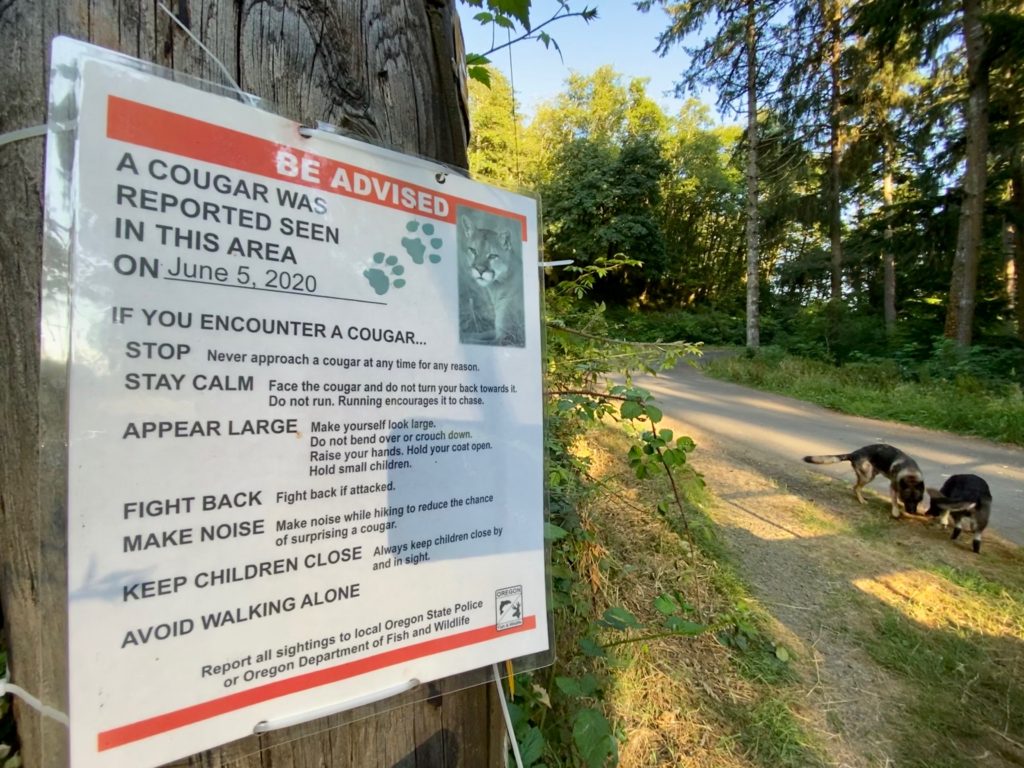
Fear relates to a specific event that is occurring or is certain to occur imminently, while anxiety is evoked when potential harm may occur but the probability is still perceived as pretty low or uncertain.
LEARN MORE: Anxiety Disorders
LEARN MORE: Treatment of anxiety disorders
Anxiety is felt
You feel anxiety in your body – a tightness in your shoulders, perhaps shallower respiration, a rapidly beating heart. Your body is perceptually represented (“mapped”) in specific regions of your brain that receive and integrate sensory inputs about injury, pressure, temperature, itch, your viscera or gut. For some, this experience can be overwhelming.
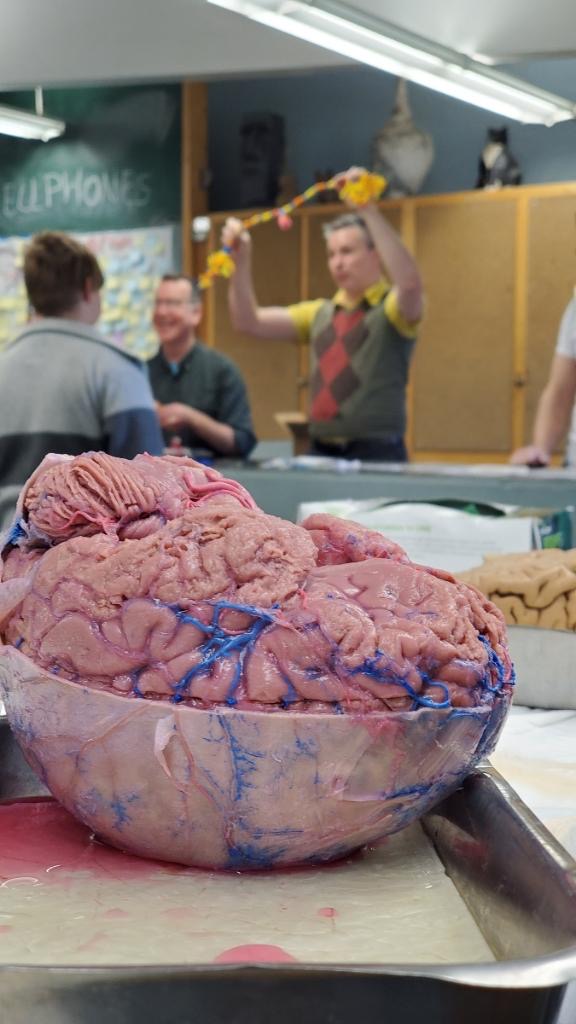
LEARN MORE: The Neurobiology of Anxiety Disorders: Brain Imaging, Genetics, and Psychoneuroendocrinology
LEARN MORE: Emotion Regulation and the Anxiety Disorders: An Integrative Review
The amygdala, a deep clump of brain cells in each temporal lobe, responds to emotionally salient stimuli (like a rustle in the forest) by reflexively swiveling your head, neck and eyes to orient you. It provokes the release of stress hormones from your pituitary gland and activates your sympathetic nervous system to prepare your body for “fight or flight.”

LEARN MORE: Amygdala Activity, Fear, and Anxiety: Modulation by Stress
Sleep matters
This can interfere with sleep, worsening anxiety, which makes us even less likely to interpret circumstances in a positive light.


LEARN MORE: Short- and long-term health consequences of sleep disruption
LEARN MORE: Sleep deprivation: Impact on cognitive performance
LEARN MORE: The Extraordinary Importance of Sleep
Decision making suffers
Anxiety and all these stressful bodily changes, of course, impact our social decision making, and brain networks in our prefrontal cortex (PFC) are directly involved.

LEARN MORE: Impact of anxiety on prefrontal cortex encoding of cognitive flexibility
LEARN MORE: Anxiety Evokes Hypofrontality and Disrupts Rule-Relevant Encoding by Dorsomedial Prefrontal Cortex Neurons
LEARN MORE: Amygdala-cortical connectivity: Associations with anxiety, development, and threat
A cortical lobe known as the insula, found deep in the brain’s prominent lateral (or Sylvian) fissure, maps these emotionally salient bodily sensations and signals the PFC, potentially overwhelming these decision making networks. You might lash out, act impulsively, or avoid thinking or doing anything that might cause such anxiety again.

LEARN MORE: Increased anterior insula activity in anxious individuals is linked to diminished perceived control
Other brain areas change and adapt in response to anxiety, too, including the hippocampus (a seahorse-shaped region in your temporal lobes involved in memory for experiences) and the nucleus accumbens, a structure deep in your frontal lobes.
LEARN MORE: The Neurocircuitry of Fear, Stress, and Anxiety Disorders
Moderate anxiety can actually help
Moderate anxiety about natural disasters and other massive threats can be helpful, orienting us to challenging circumstances and offering up the energy to respond. Working together with trusted sources and preparing well gives us a sense of control, better sleep, more personal investment in preventative steps and the community connections that often decrease the more debilitating bodily sensations of anxiety.
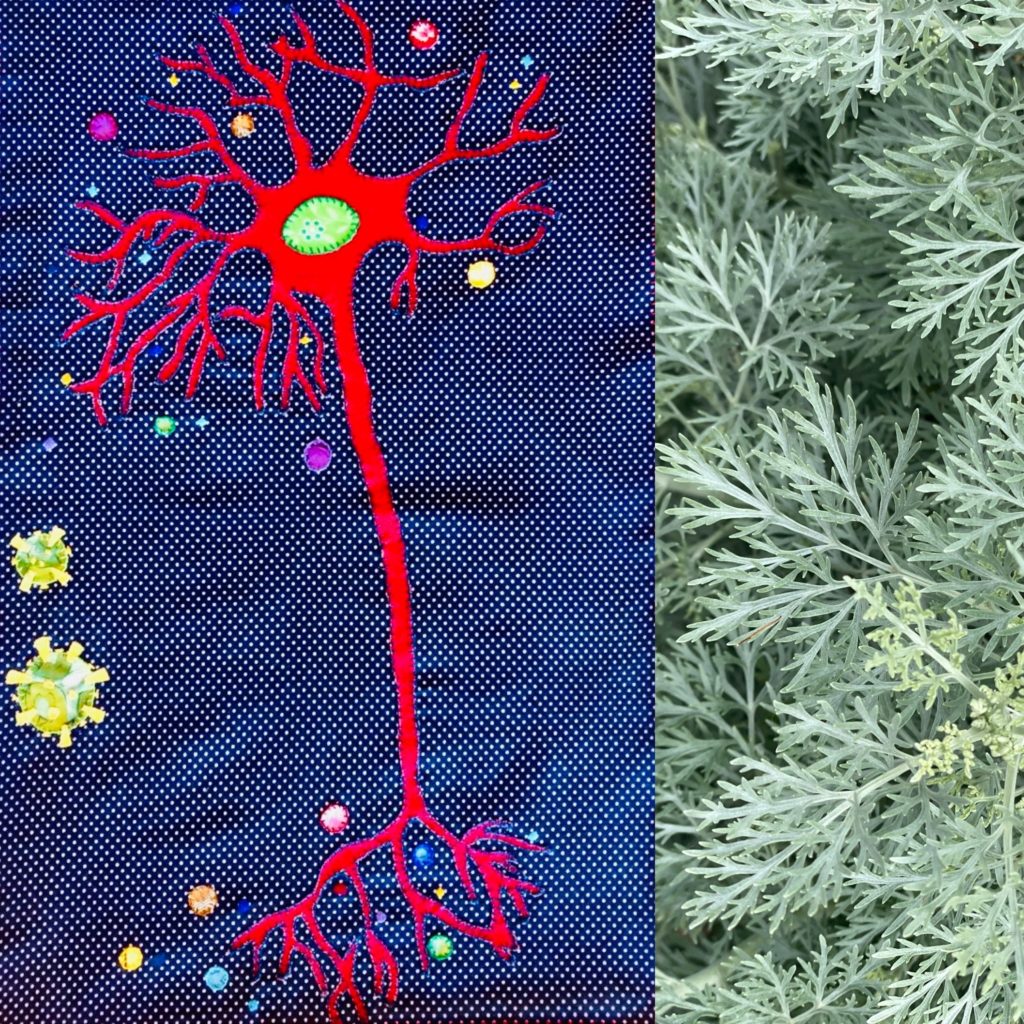
LEARN MORE: Knowledge is Power: Learning More About COVID-19 Can Reduce Your Pandemic Stress
LEARN MORE: Age Differences in Risk and Resilience Factors in COVID-19-Related Stress
The benefits of expression, and art
Art is an effective way to manage stress and anxiety. There is good evidence that even brief art making activities reduce the release of stress-related hormones regardless of how much experience people have previously had making art.
LEARN MORE: Reduction of Cortisol Levels and Participants’ Responses Following Art Making

Art also facilitates resilience helping us to deal with challenging circumstances both expected and not. Even after a stressful event, art can give people a positive way to cope with current and past emotions, both in its capacity to focus attention away from those events, giving your mind a break from stressful events, and as a means to regulate emotions by distancing yourself from that anxiety. It’s been found that having a non-verbal way to express emotions can aid in addressing those stressors when you come back to them later.
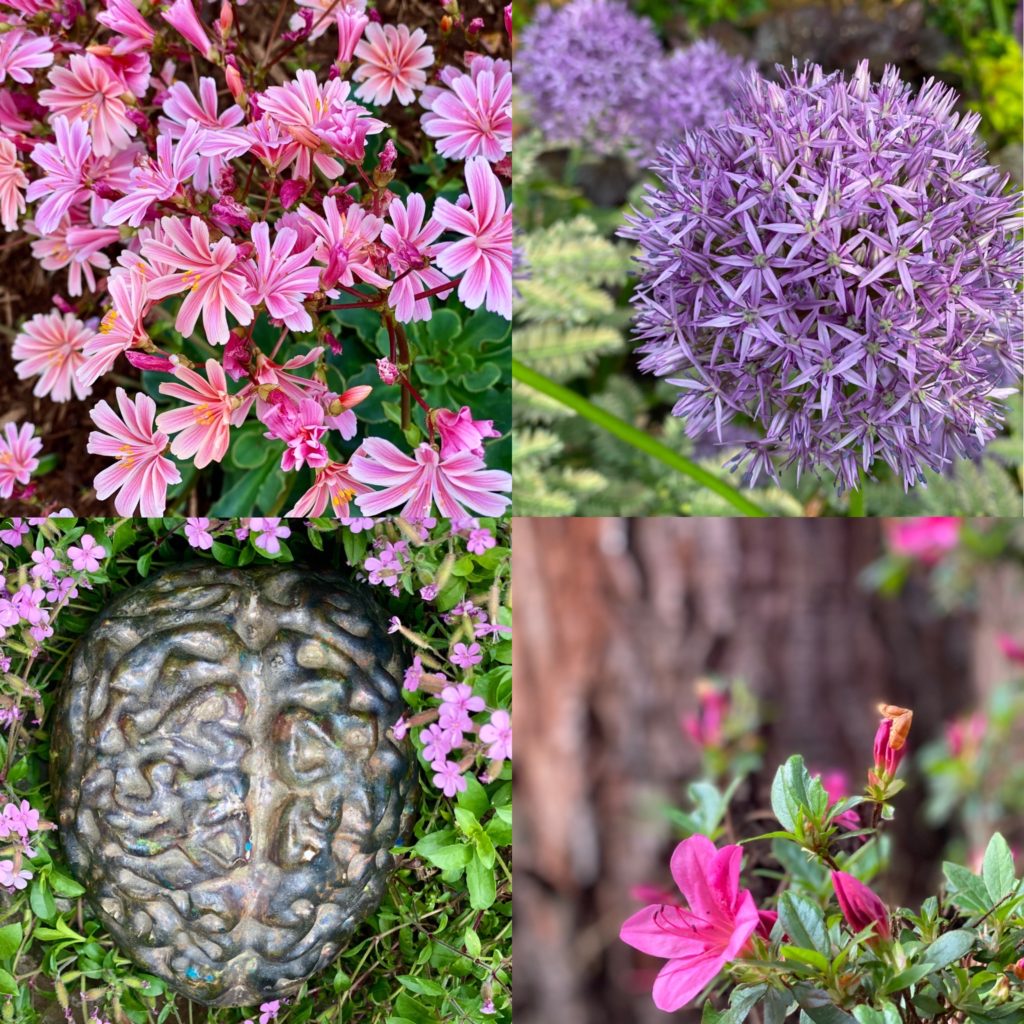
LEARN MORE: The Influence of Art Making on Anxiety: A Pilot Study
LEARN MORE: The Effectiveness of Art Therapy for Anxiety in Adult Women: A Randomized Controlled Trial
Art can also help us generate a sense of purpose, self-efficacy, and empowerment, helping to motivate people towards positive action. You can see this particularly when people are given the space to share their creations. We’ve experienced this ourselves in many classrooms working with at-risk youth who are often marginalized by our education system and societal structure.
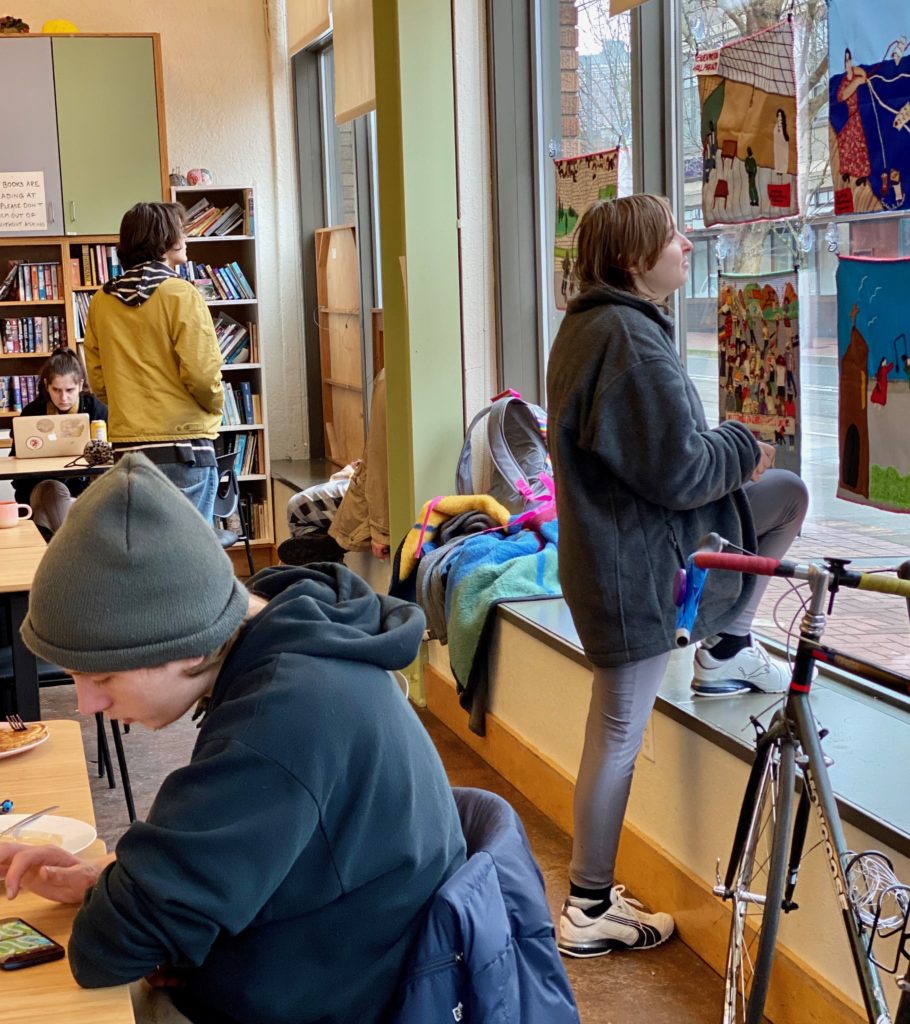
This is not just our experience however; there are many organizations that have recognized art as a means toward positive cohesive action.
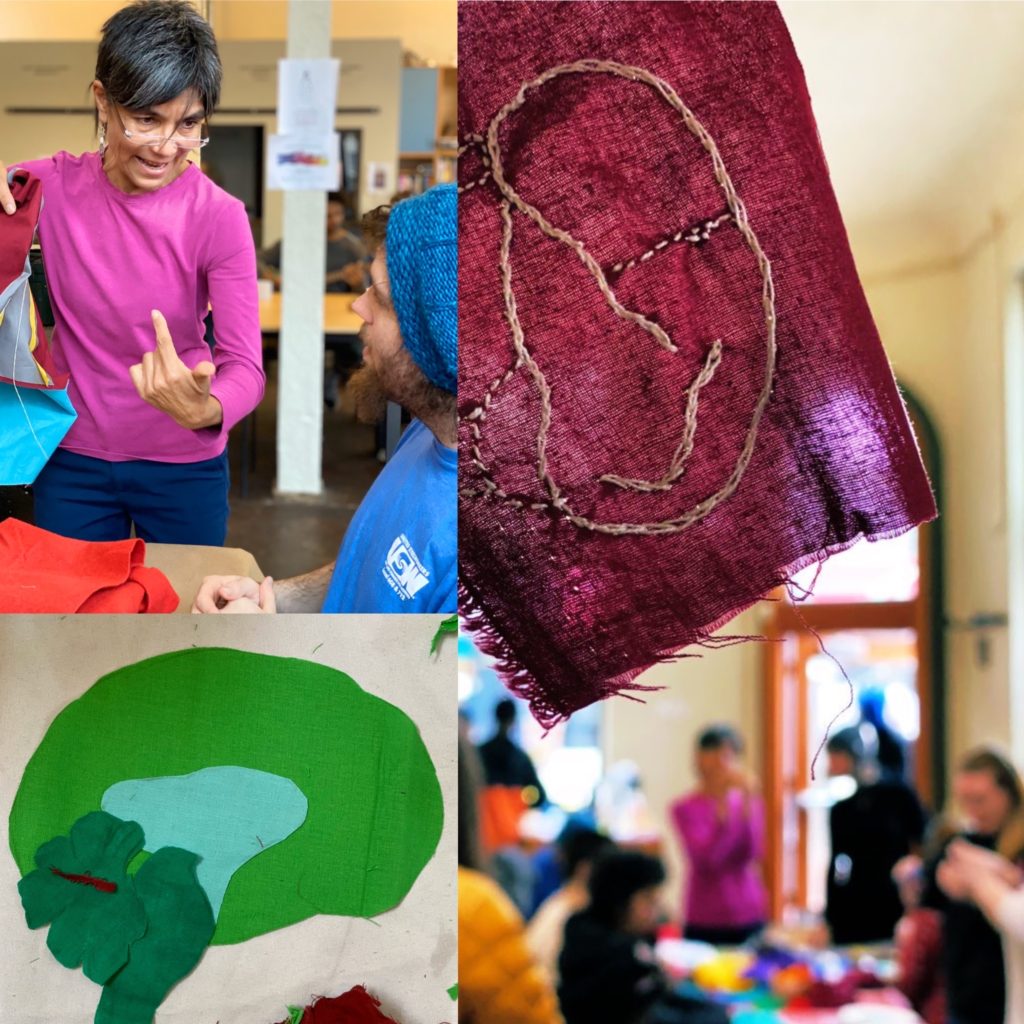
LEARN MORE: Sewing, Memories & Brains
LEARN MORE: Empowering through Art
Yet it is very difficult for those suffering from debilitating anxiety (perhaps due to income inequality, structural racism, police brutality, a lack of housing, healthcare, sleep and honest information, and/or “scare tactics” employed by those out for personal gain) to alter strategies and behaviors and devote the time and effort needed to effectively confront big challenges, or maintain the informed, goal-directed, individual and collective actions necessary to properly prepare for natural disasters.
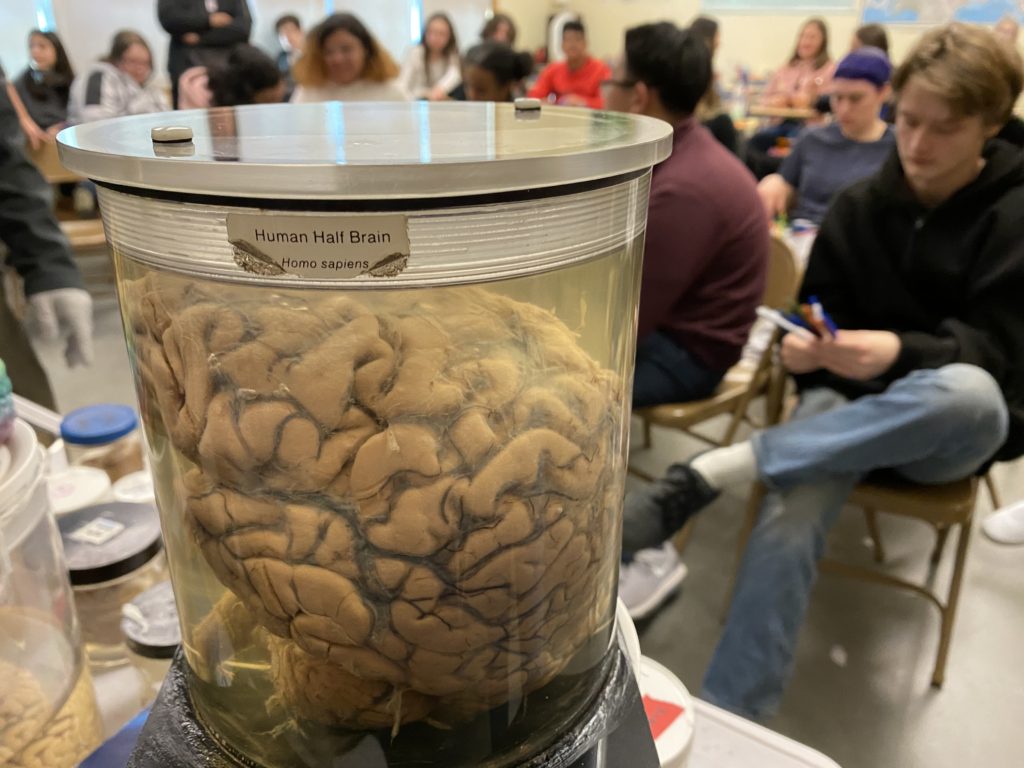
LEARN MORE: Stress (NIH)
LEARN MORE: STRESS AND HEALTH: Psychological, Behavioral, and Biological Determinants
LEARN MORE: 5 Things You Should Know About Stress
Change is required
Collective investment in resilient infrastructure (including public education, scientific research and healthcare) based on evidence-based knowledge about impending threats, along with a more equal distribution of resources, would help train both our frontal lobes and social networks in effective, appropriate actions. These actions would not only better prepare us for the inevitable disasters, but would reduce anxiety and improve our personal and community mental health.
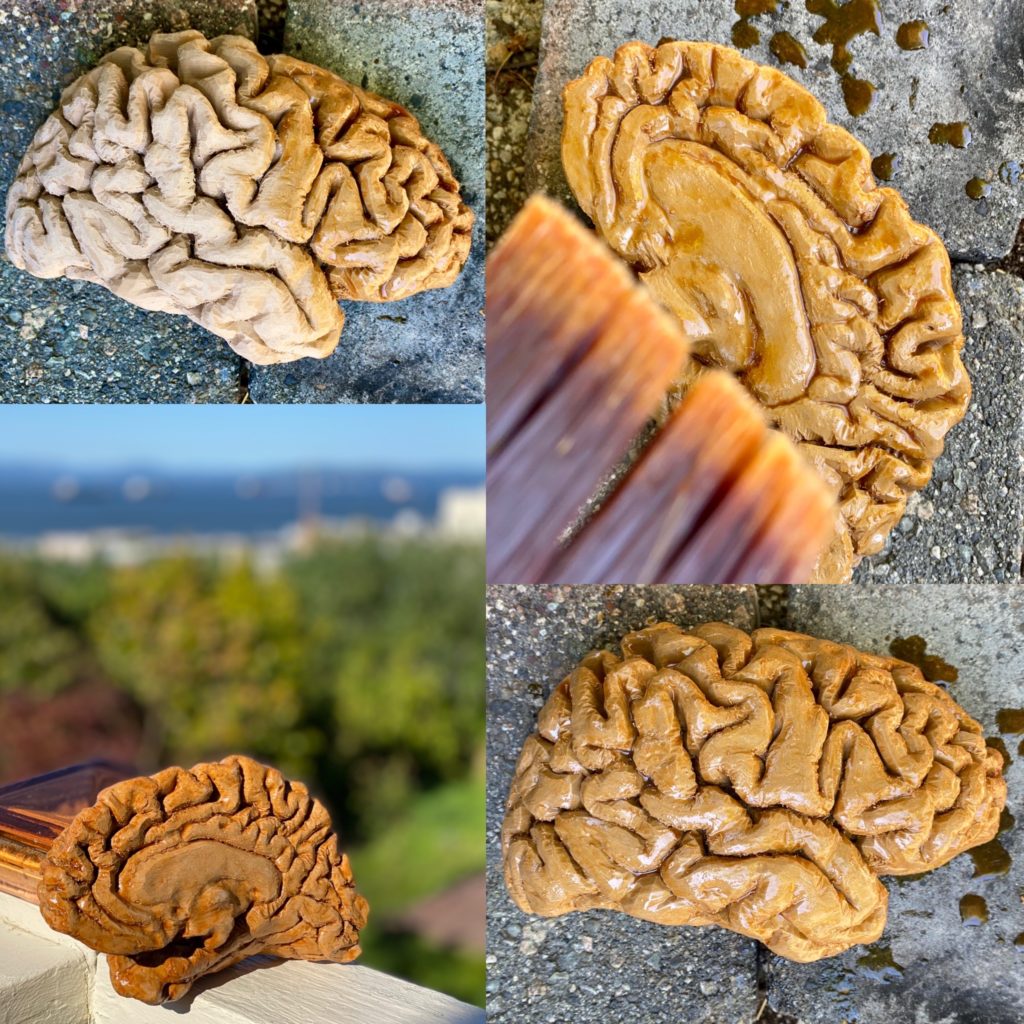
LEARN MORE: Anxiety and Decision-Making
LEARN MORE: Threat-related Attentional Bias in Anxious and Nonanxious Individuals: A Meta-Analytic Study
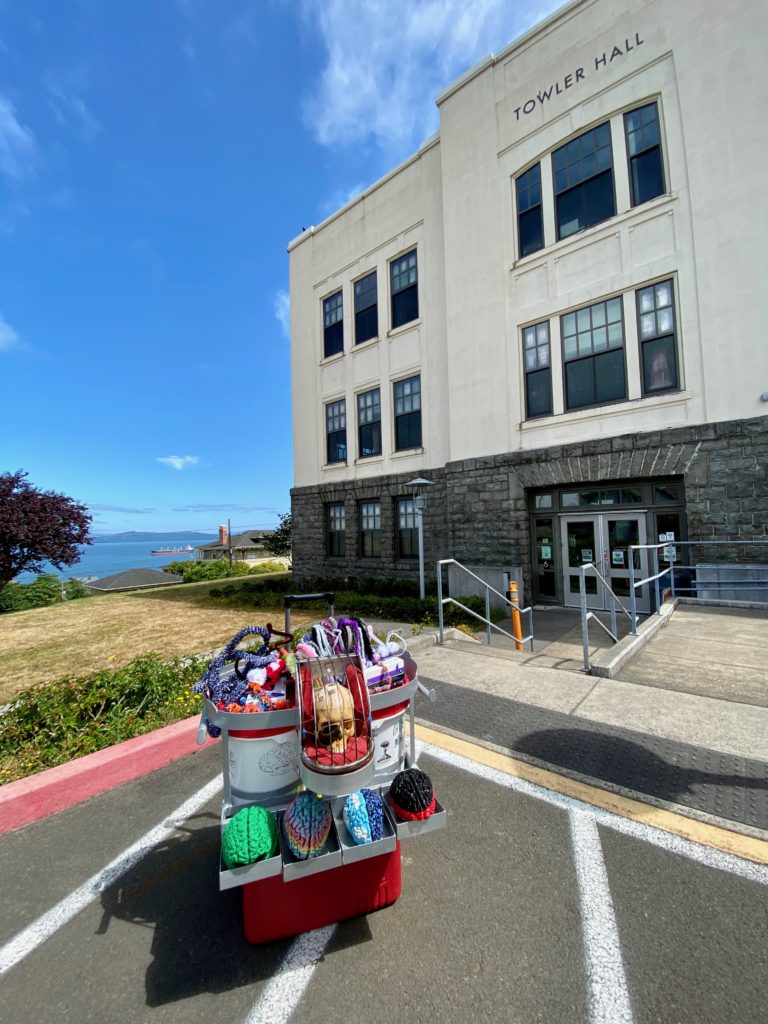
LEARN MORE: Clatsop Community College


